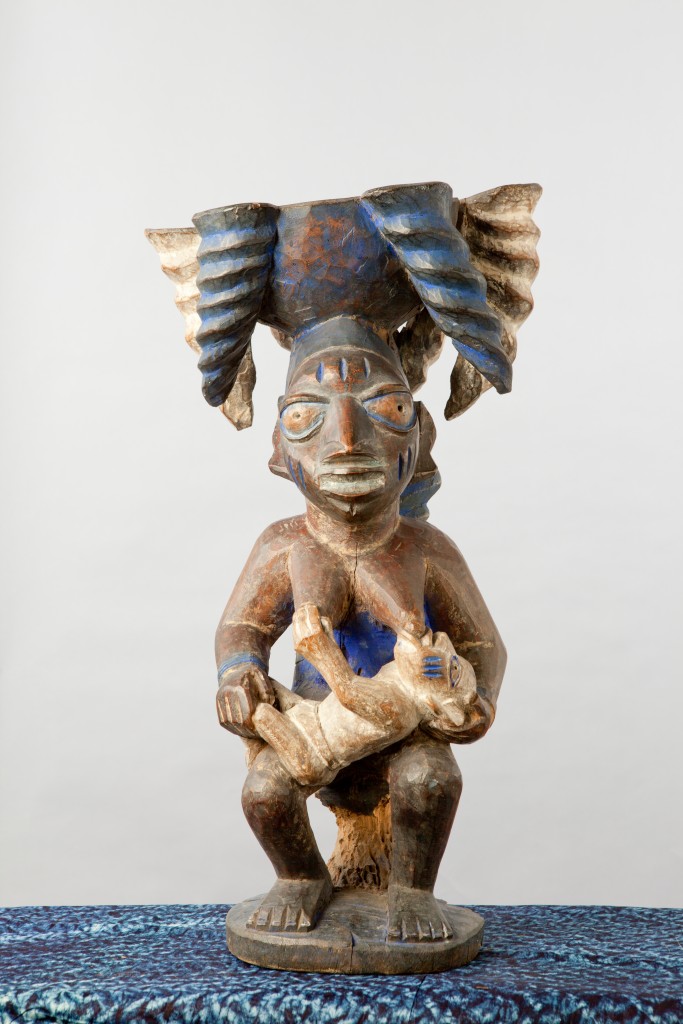Masterpieces of Wealth: Nigeria’s Most Expensive Artworks Ever Sold
Nigeria’s art scene has emerged as a vibrant and globally recognized force, producing masterpieces that have garnered staggering prices in international auctions. These works, created by some of the country’s most celebrated artists, not only hold cultural significance but have also become symbols of immense value in the art market.
By Asteroid Media
Art holds a major place in Africa and is deeply connected to the continent’s history. In the absence of written history, artworks and artifacts have served as a means to convey cultural information from one generation to the next. The bright tradition of creating art has also been preserved, as Africa is home to numerous talented artists, particularly in Nigeria. However, the importance of art in Africa is often overlooked. African art, especially Nigerian art, deserves greater recognition and celebration. In this piece, we will emphasize several renowned Nigerian artworks that have been sold for exceptionally high prices.
1. Ben Enwonwu – Tutu
One such artist is Ben Enwonwu, a pivotal figure in Nigerian modern art, whose iconic piece, Tutu, often referred to as the “African Mona Lisa,” fetched a remarkable price at auction was sold for an impressive sum of nearly $2 million in 2018 . The rediscovery of Tutu after decades of being lost added a layer of mystique to the artwork, propelling its value even higher. The portrait, which captures an Igbo princess, has become a cultural symbol following the Biafran war representing the post-colonial optimism of Nigeria.
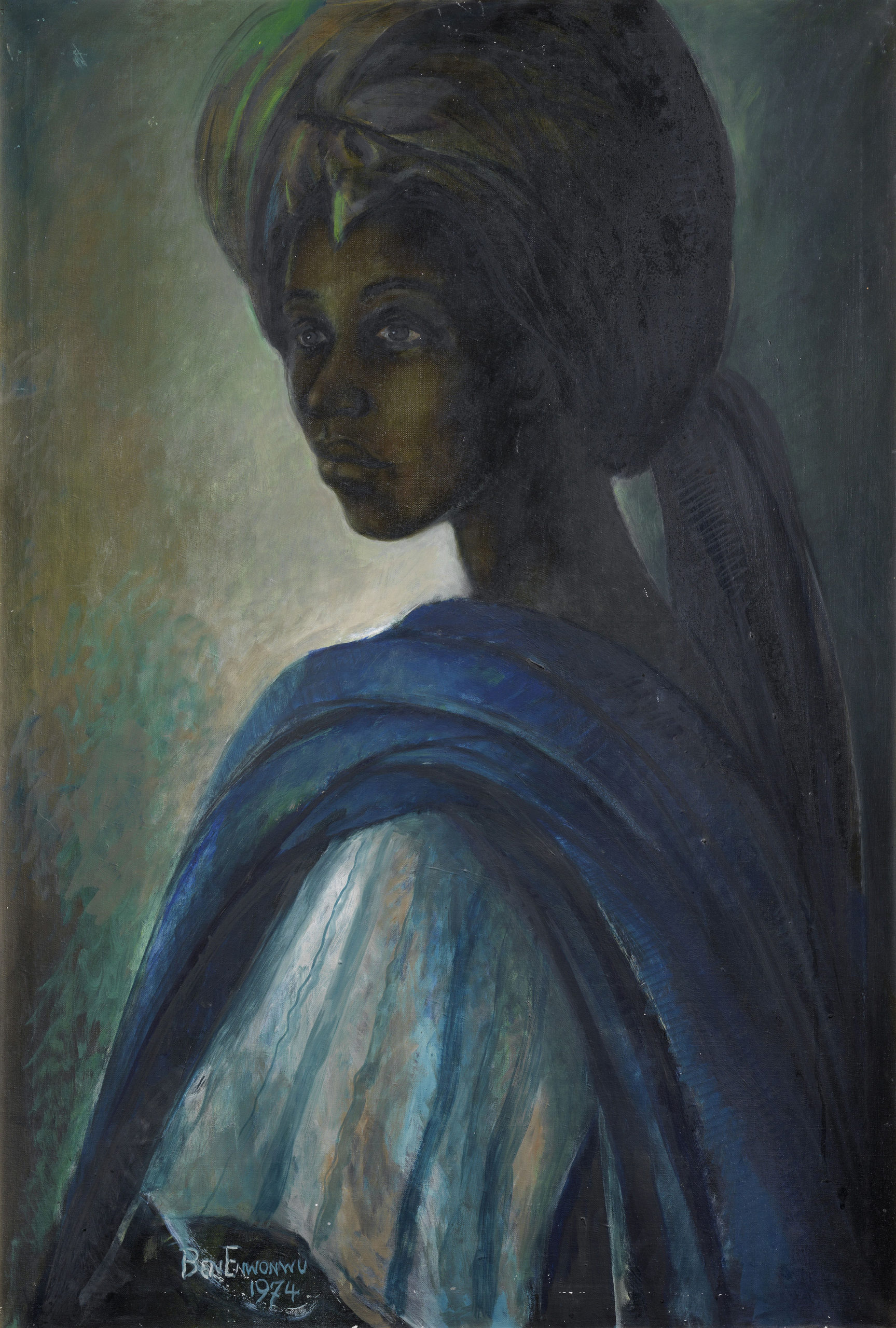
Tutu
2. Njideka Akunyili Crosby – Bush Babies
The record for Nigerian artists was broken when Bush Babes sold for $3.3 million at Sotheby’s in the same year ‘2017’. This artwork was created by renowned artist Njideka Akunyili Crosby and features a detailed composition of green leaves and images on a canvas.
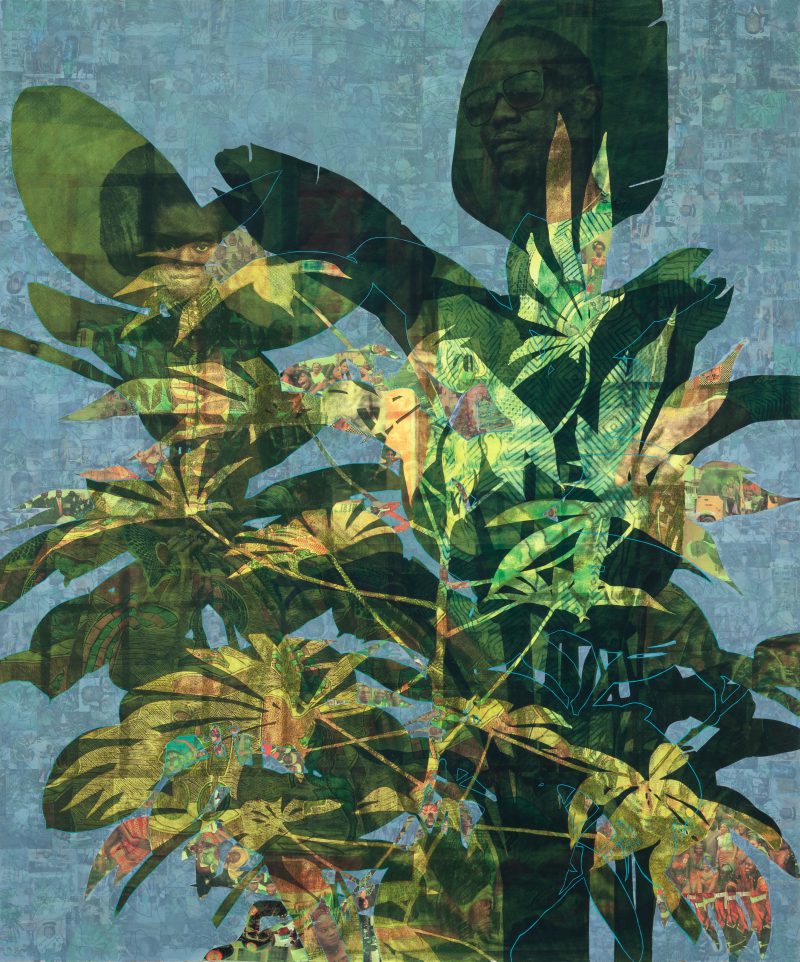
Bush Babies
3. Toyin Ojih Odutola – Compound Leaf
Toyin’s self-portrait is hailed as the third most expensive Nigerian artwork, selling for nearly $600,000 at Sotheby’s in 2019. Created with a masterful blend of charcoal, soft pastels, and pencil on paper, the piece showcases delicate hues, shades, and shadows that enhance its artistic depth. A faint tattoo of a leaf, which inspired the artwork’s title, can be seen on the artist’s neck, subtly depicted as if it were blossoming from within her.
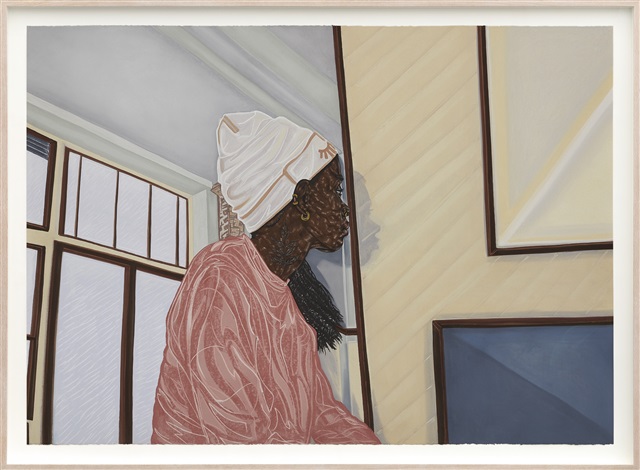
Compound Leaf
4. Ijo Forest Spirit Figure
This artifact is currently listed at Sotheby’s auction house, with an estimated value of up to $1 million. This remarkable figure, featuring seven heads and 14 eyes, symbolizes its purpose in protecting a community and enhancing well-being. It was created by the Ijo peoples, who live among the numerous estuaries and mangrove forests of the expansive Niger Delta.

Ijo Forest Spirit Figure
5. Bruce Onabrakpeya – The Last Supper
In the world of sculpture, Bruce Onobrakpeya stands out as a towering figure. His intricate prints and bronze reliefs have long been celebrated for their complexity and depth. Onobrakpeya’s work reflects Nigeria’s rich cultural heritage, drawing on folklore, religion, and history to create pieces that are both timeless and valuable. The Last Supper is not only one of his finest creations, but also stands out as one of the greatest pieces of art in Nigeria.

The Last Supper
6. Benin Ivory Mask of Queen Idia – The Festac Mask
This renowned artifact was taken by the British during the colonial period, leading to disputes regarding its rightful ownership. Despite this, the image has become a powerful symbol of Pan-Africanism and represented the Festival for Arts and Culture that took place in Lagos in 1977. The mask can be traced back to the ancient Benin Kingdom located in Edo State. It is specifically known as the Benin Ivory Mask of Queen Idia, displaying the artistic talent and appreciation for art among the Benin people.
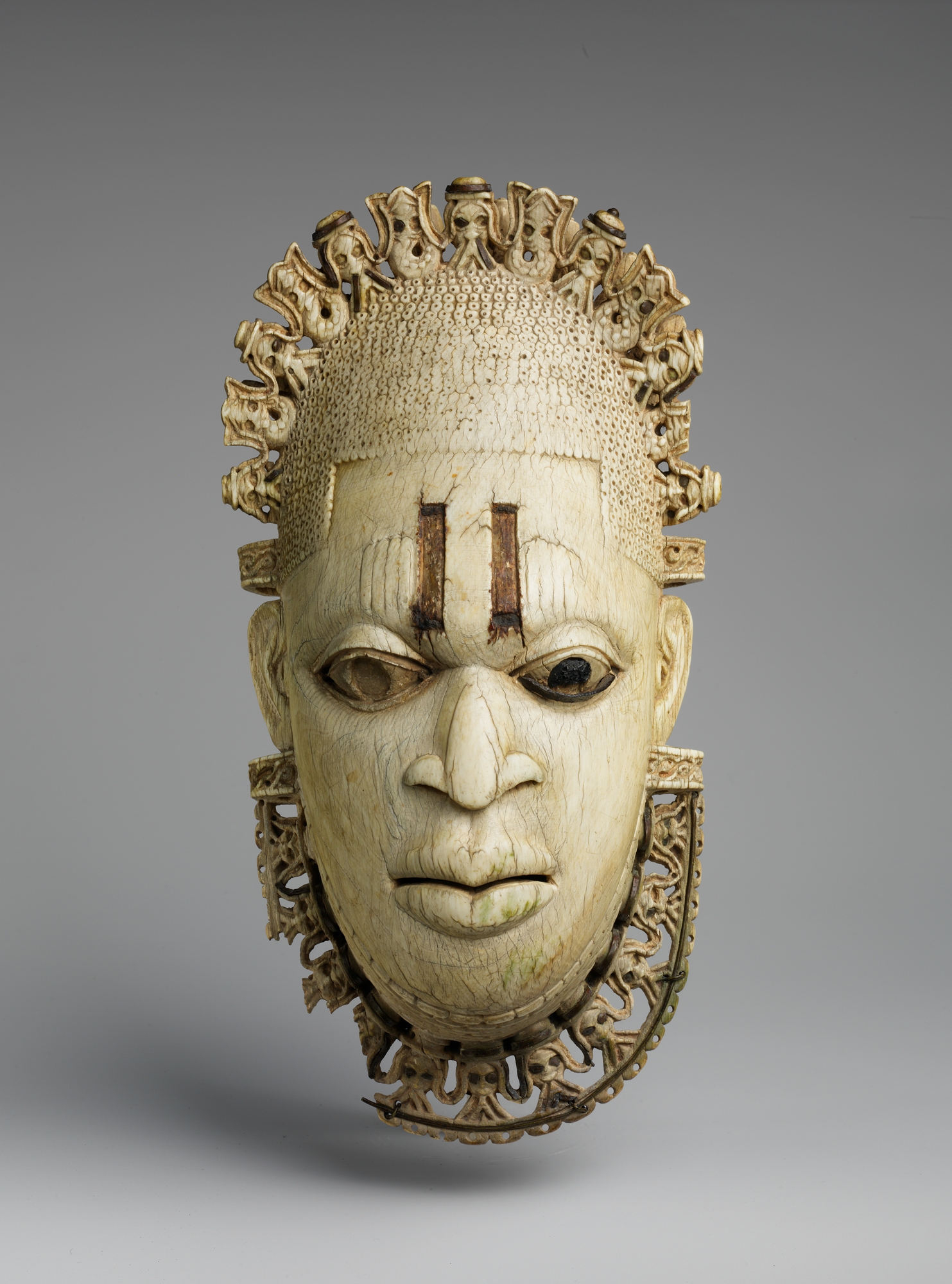
Benin ivory mask
7. Yoruba Agere Ifa
This wooden sculpture was made by an unidentified Yoruba artist. It is a detailed artwork that represents a kneeling mother holding a nursing child in her arms and carrying another child on her back. Figures made in this style are often referred to as agere ifa. This term denotes a carved container used to hold sacred palm nuts, which play a major role in the Yoruba divination rituals.
